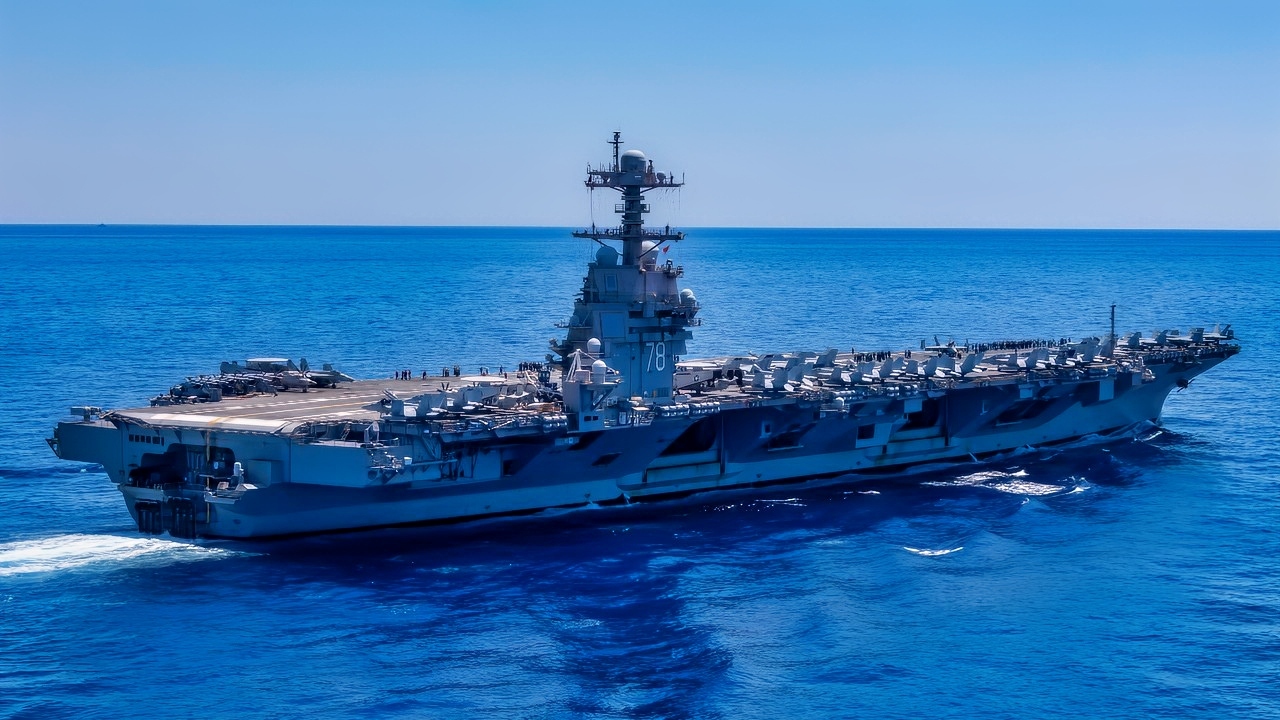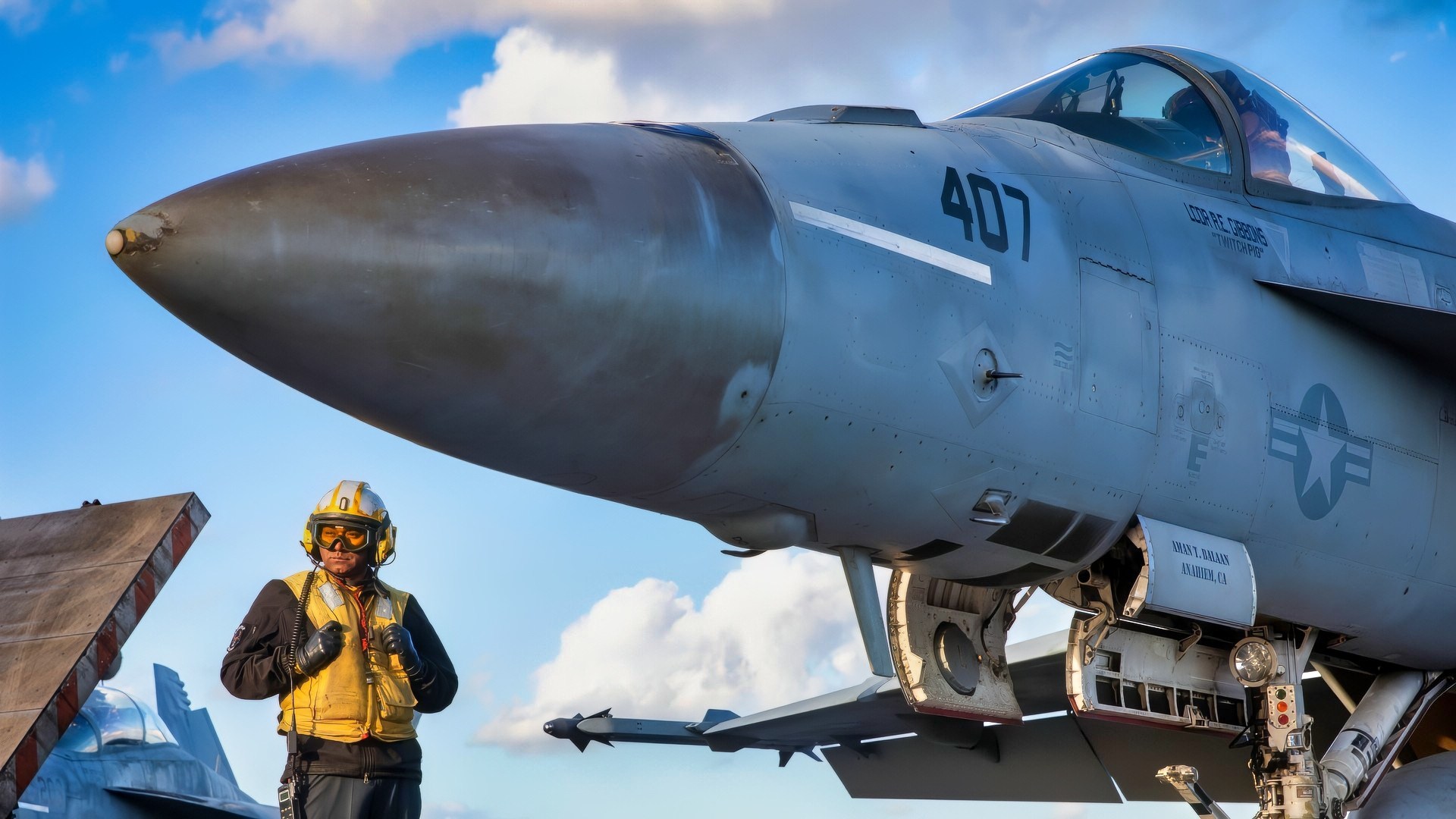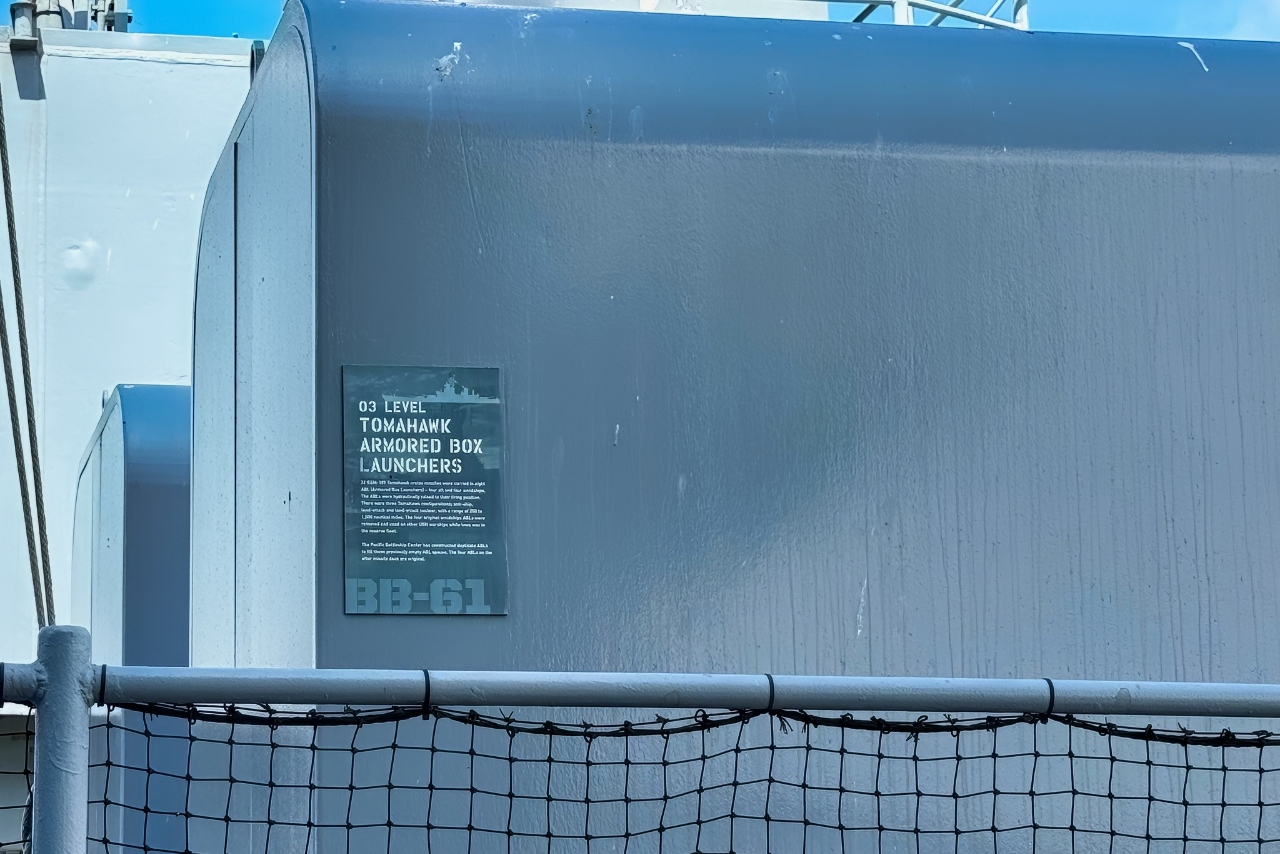Key Points and Summary – The USS Gerald R. Ford’s presence off Venezuela projects pressure without promising a large air war.
-If Washington ordered action, the likely play is limited, precise strikes—driven by ISR from aircraft, drones, and satellites—against military nodes or narco-targets like Tren de Aragua.

The world’s largest aircraft carrier, USS Gerald R. Ford (CVN 78), conducts flight operations in the North Sea, Aug. 23, 2025. Gerald R. Ford, a first-in-class aircraft carrier and deployed flagship of Carrier Strike Group Twelve, is on a scheduled deployment in the U.S. 6th Fleet area of operations to support the warfighting effectiveness, lethality, and readiness of U.S. Naval Forces Europe-Africa, and defend U.S., Allied and partner interests in the region. (U.S. Navy photo by Mass Communication Specialist 2nd Class Maxwell Orlosky)

The world’s largest aircraft carrier, USS Gerald R. Ford (CVN 78) transits the Mediterranean Sea, August 1, 2025. Gerald R. Ford, a first-in-class nuclear aircraft carrier and deployed flagship of Carrier Strike Group Twelve, is on a scheduled deployment in the U.S. 6th Fleet area of operations to support the warfighting effectiveness, lethality, and readiness of U.S. Naval Forces Europe-Africa, and defend U.S., Allied, and partner interests in the region. (U.S. Navy photo by Mass Communication Specialist Seaman Brianna Barnett)
-Venezuela’s Russian-made S-300VMs, Buk-M2Es, and Pantsir batteries pose risks, but standoff Tomahawks from destroyers or subs can range the entire country, loiter, retarget via datalink, and hit fixed or moving aims while keeping pilots out of harm’s way.
-Stealth F-35Cs remain an option for time-sensitive or mobile targets, but the opening move is Tomahawks, not massed sorties.
Aircraft Carrier USS Gerald R. Ford Off Venezuela: The Real Playbook
The likely upcoming presence off the coast of Venezuela of the USS Gerald R. Ford (CVN-78) sends a compelling message about the U.S. Navy’s power-projection capabilities.
But one might also wonder exactly how a Carrier Air Wing or Carrier Strike Group might be used in a combat scenario in the region.
It would seem extremely unlikely that the United States would launch a massive air campaign with large numbers of fourth- and fifth-generation aircraft—there simply seems to be no need for such a large-scale attack. However, precision strikes might target military assets, command and control facilities, or locations known to be used by drug trafficking groups such as Tren de Aragua.
Venezuelan Air Defenses
Venezuela is unlikely to have air defenses sufficient to threaten U.S. carrier-launched jets. Still, a Yahoo report states that the country operates some Russian-built S-300VM, systems, which can target aircraft at ranges just beyond 100 miles.
It is not clear how many Venezuela might have, nor how well-maintained and modernized they are. It is also unclear whether the platforms are networked with one another. USS Ford-launched F-35Cs would likely have a measure of success against these systems if they strike military or drug-trafficking targets in the country.

Aviation Boatswain’s Mate (Aircraft Handling) 1st Class Jose Mejiacastro, assigned to Air Department aboard the world’s largest aircraft carrier, USS Gerald R. Ford (CVN 78), prepares to signal to a Carrier Air Wing 8 F/A-18E Super Hornet attached to Strike Fighter Squadron 87 on the flight deck, Sept. 26, 2025. Gerald R. Ford, a first-in-class aircraft carrier and deployed flagship of Carrier Strike Group Twelve, is on a scheduled deployment in the U.S. 6th Fleet area of operations to support the warfighting effectiveness, lethality and readiness of U.S. Naval Forces Europe-Africa, and defend U.S., Allied and partner interests in the region. (U.S. Navy photo by Mass Communication Specialist 2nd Class Mariano Lopez)

The aircraft carrier USS Gerald R. Ford (CVN 78) completes the first scheduled explosive event of Full Ship Shock Trials while underway in the Atlantic Ocean, June 18, 2021. The U.S. Navy conducts shock trials of new ship designs using live explosives to confirm that our warships can continue to meet demanding mission requirements under harsh conditions they might encounter in battle. (U.S. Navy photo by Mass Communication Specialist 3rd Class Riley B. McDowell)
Another report, by TWZ, cites a Russian publication that quotes official claims Moscow sent Pantsir-S1 and Buk-M2E air defense systems to Caracas via transport aircraft.
Tomahawk Strike
If U.S. Navy firepower is in fact used to strike targets in Venezuela, it would more likely come in the form of submarines or destroyers firing Tomahawks at targets inland. Foremost is the issue of reach. A Tomahawk launched from a warship or submarine can travel at least 900 miles.
That range places targets anywhere in Venezuela at risk of absorbing a Tomahawk strike. That means the Navy could strike targets without risking any manned fighter jets operating over hostile territory—a risk that always exists, even if Venezuela’s air defenses are marginal.
Precision Attack on Drug Traffickers
Before any such attack, fixed-wing intelligence, surveillance, and reconnaissance (ISR) aircraft, drones, or satellites would help identify strike points.
Modern technologies woven into the Tomahawk improve targeting and attack possibilities. Block IV standard Tomahawks feature an ISR-enabled loitering function, allowing them to hover over target areas and use a two-way data link to redirect as needed if target information changes.
The Navy also now operates the Tactical Tomahawk cruise missile, a weapon that can adapt its course in flight to track moving targets such as ships at sea, land vehicles, or mobile air defenses.
Given these attributes and the range and flight-guidance options available to Tomahawk missiles, virtually all of Venezuela could be held at risk from several hundred miles offshore, should that be deemed necessary.

USS Iowa Tomahawk Box. National Security Journal Photo.
Tomahawks are often the first weapons to strike in a conflict, given their range and precision. The missiles were conceived during the Cold War to fly parallel to the ground, following a cruise-missile trajectory, to defeat Soviet air defenses; they are optimal stand-off-range precision weapons.
Historically, they have been used against fixed targets such as bunkers, command and control centers, weapons facilities, or troop locations. More recently, they have been developed as tactical, course-adjusting weapons capable of tracking and hitting ships at sea.
F-35C Attack?
While any attack seems improbable, if authorized, strikes would likely involve long-range ISR and cruise missiles such as Tomahawks.
Any attack in Venezuela would be limited to a highly targeted strike, so there would be no need for a large-scale air campaign.
At the same time, stealth aircraft such as the F-35C might be the preferred strike platform in certain situations: Targets may be small and mobile, meaning they would need to be tracked from the air.
About the Author: Kris Osborn
Kris Osborn is the President of Warrior Maven – Center for Military Modernization. Osborn previously served at the Pentagon as a highly qualified expert in the Office of the Assistant Secretary of the Army—Acquisition, Logistics & Technology. Osborn has also worked as an anchor and on-air military specialist at national TV networks. He has appeared as a guest military expert on Fox News, MSNBC, The Military Channel, and The History Channel. He also has a Masters Degree in Comparative Literature from Columbia University.
More Military
The M113: America’s “Forgotten” APC That Just Won’t Quit
How British Aircraft Carriers Keep Sinking in War Games
Boeing F-47 NGAD Fighter: One Missing Fact Could Decide Its Fate
Canada Knows How to Sink U.S. Navy Nuclear Aircraft Carriers










